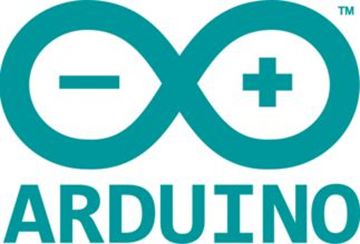
|
Arduino is a convenient, flexible, and easy-to-use open-source electronic prototyping platform that includes hardware (various models of Arduino boards) and software (Arduino IDE). It was developed by a European team in the winter of 2005. It is built on an open-source simple I/O interface and has a development environment similar to Java and C language called Processing/Wiring. It mainly consists of two parts: the hardware part is the Arduino circuit board used for making circuit connections; the other is the Arduino IDE, the programming environment on the computer. By writing program code in the IDE and uploading it to the Arduino board, the program tells the Arduino board what to do. Arduino can sense the environment through various sensors and can control lights, motors, and other devices to respond to and influence the environment. The microcontroller on the board can have programs written in Arduino’s programming language, compiled into binary files, and burned into the microcontroller. |
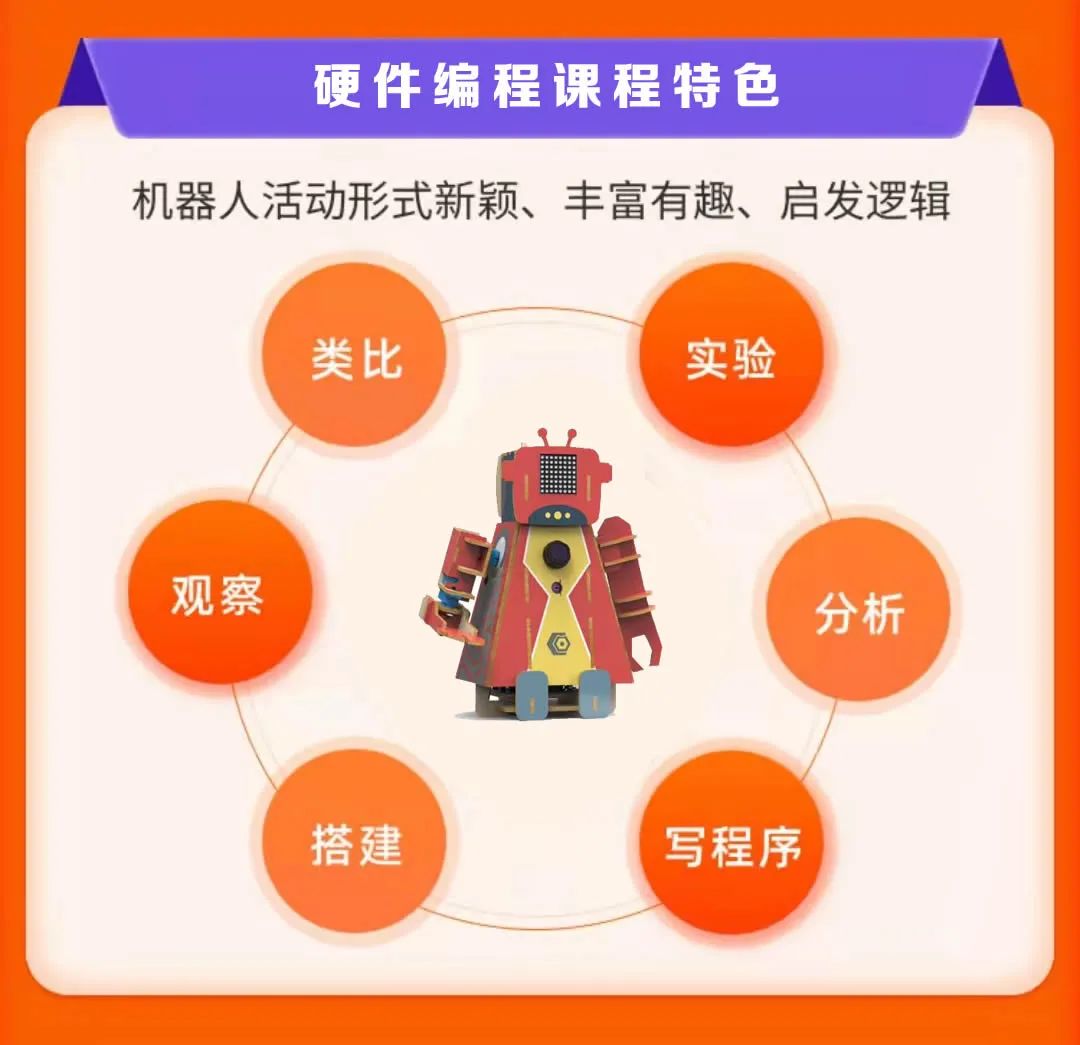

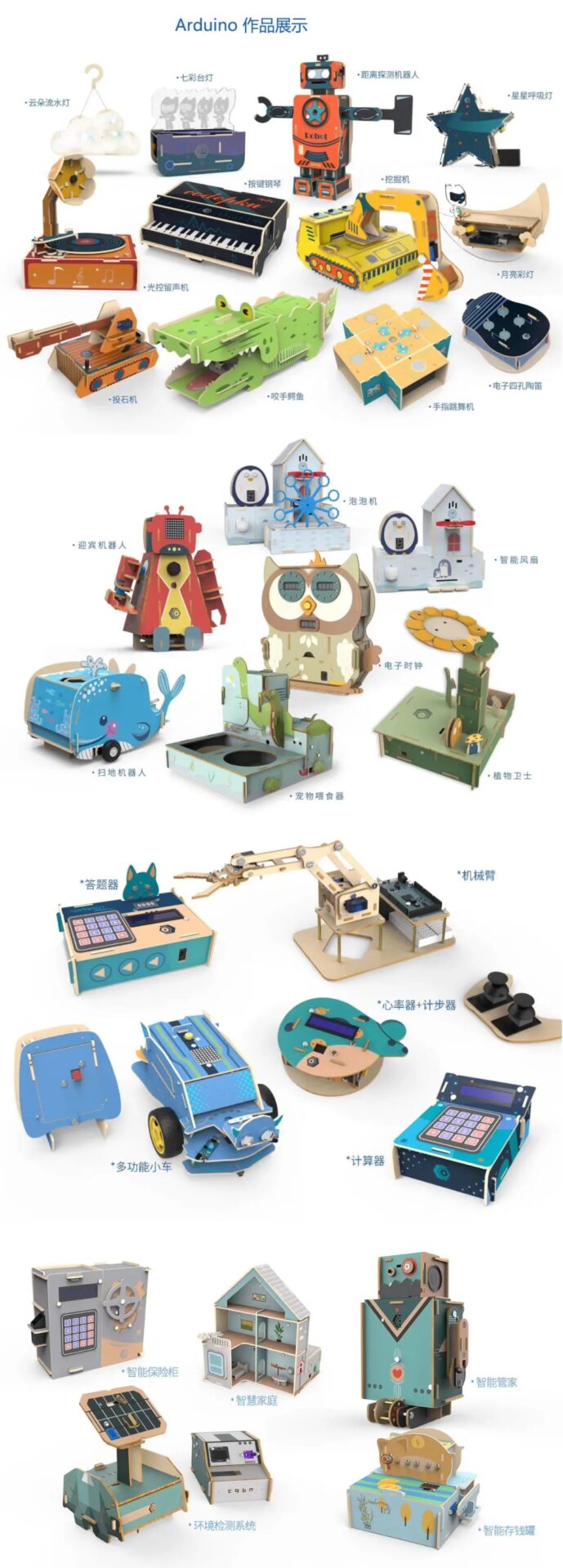

Course System

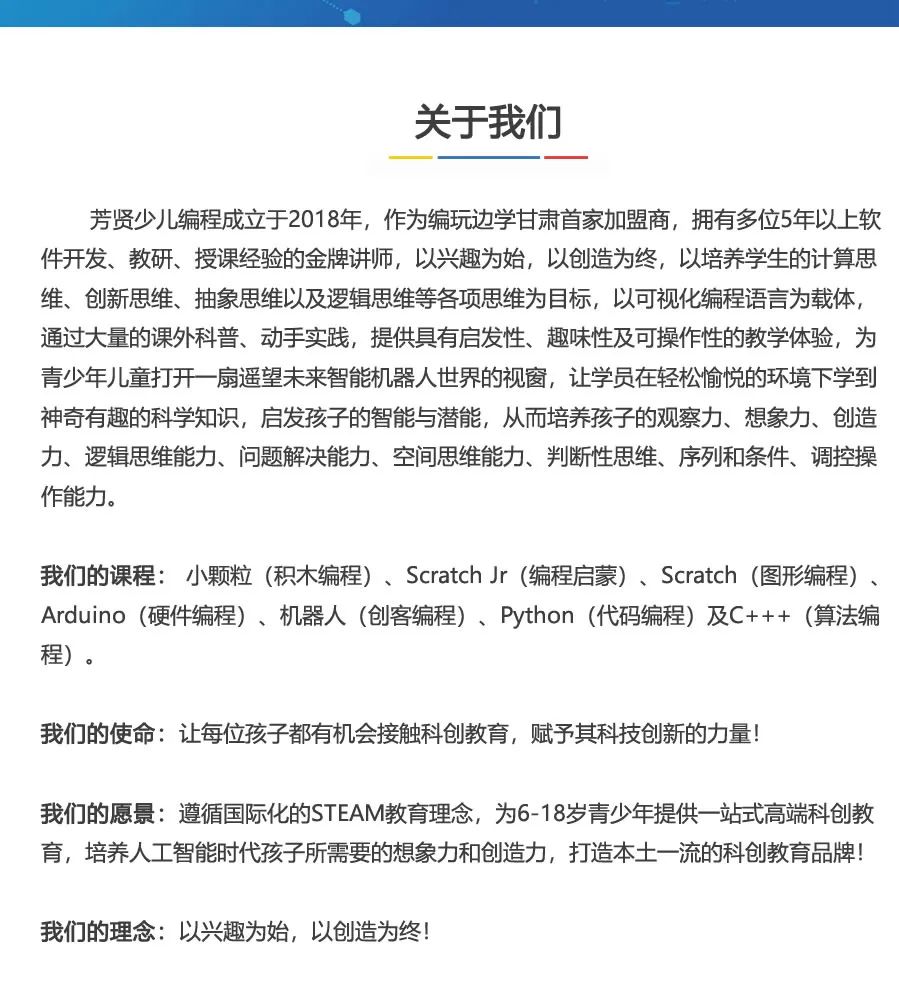

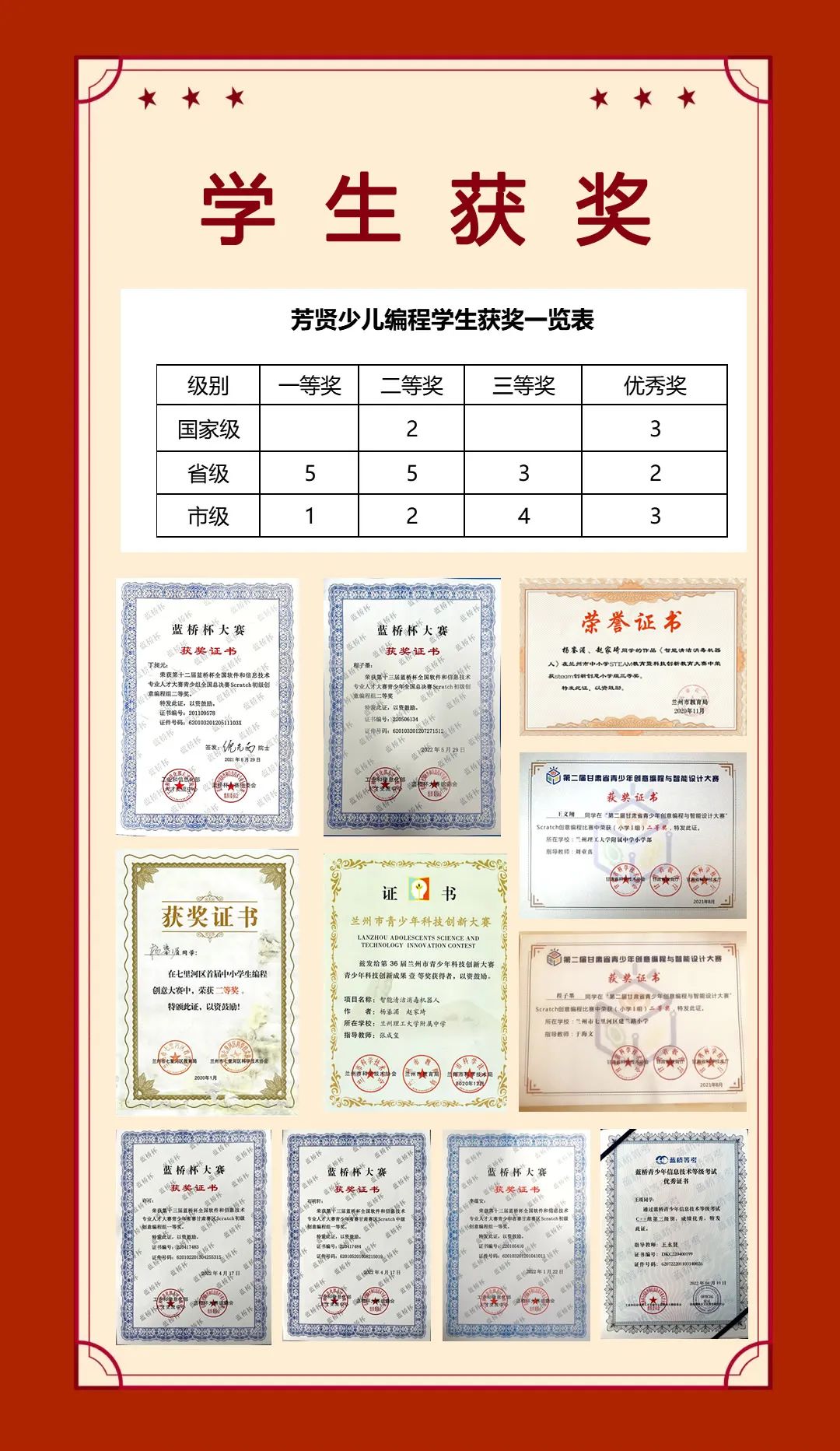
Contact Information